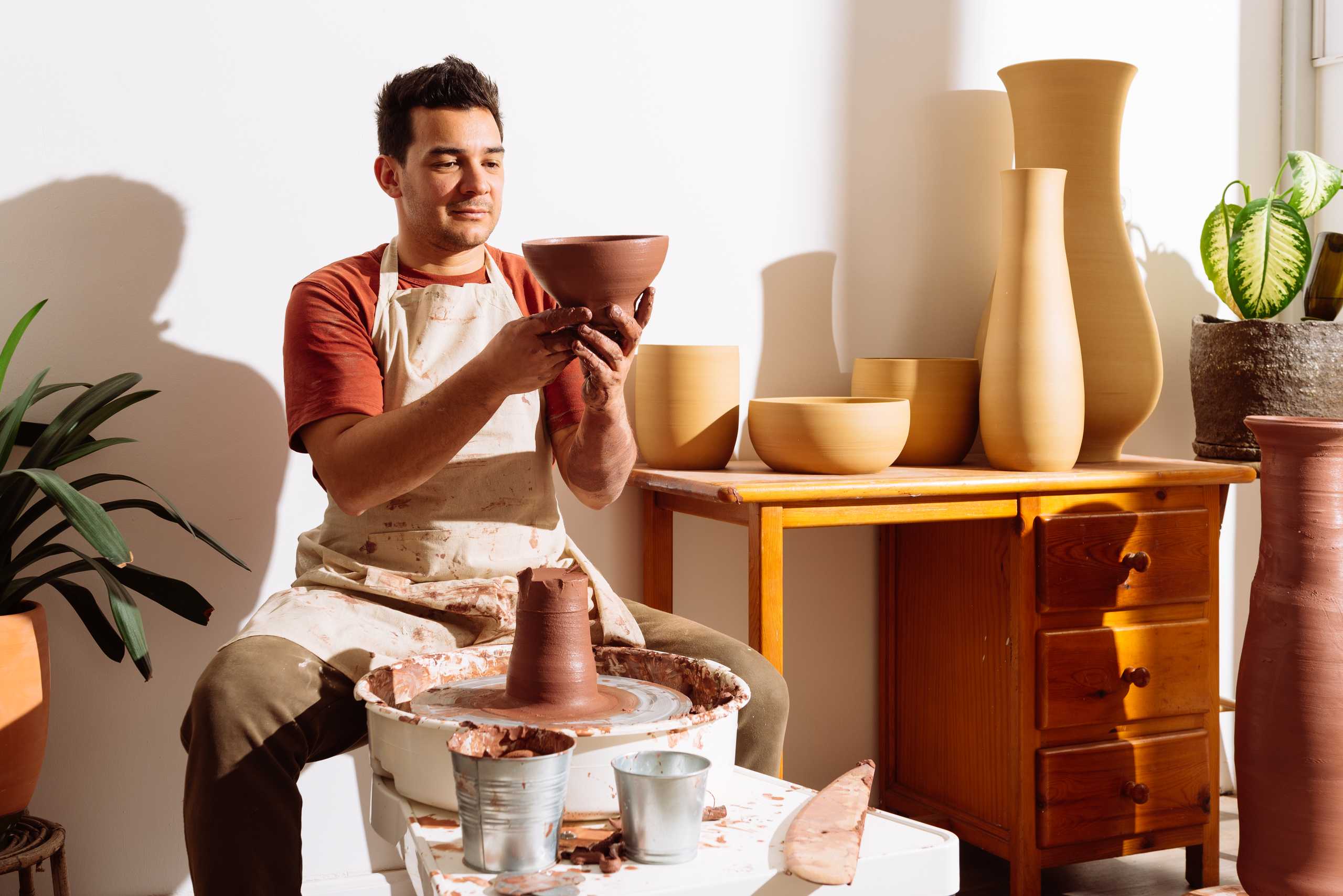Sculptural Ceramics: Turning Clay into Art

Sculptural ceramics allow artists to push the boundaries of traditional pottery, transforming clay into expressive, imaginative works. Unlike functional pottery, sculptural pieces emphasize form, texture, and storytelling, enabling creators to explore abstract, figurative, or conceptual designs. Every piece tells a story, reflecting the maker’s vision, emotions, and creative experimentation.
Exploring Sculptural Techniques:
- Additive Methods: Building up clay layers to create shapes, textures, and intricate details. This method is perfect for lifelike forms or decorative motifs.
- Subtractive Methods: Carving, cutting, or hollowing out clay to achieve depth, movement, and dynamic surfaces. Subtractive techniques can create striking contrasts and visual interest.
- Texturing and Surface Design: Tools, stamps, and natural materials like leaves or fabrics can leave fascinating impressions, enhancing the tactile and visual appeal of sculptures.
Creating sculptural ceramics is as much about process as it is about the final product. Experimentation, trial and error, and embracing happy accidents often lead to the most captivating results. The journey encourages patience, observation, and a willingness to explore unconventional approaches.
Tips for Aspiring Sculptors:
- Plan the internal structure of larger pieces to prevent cracking or collapse.
- Combine handbuilding and sculptural methods to achieve complex designs.
- Don’t rush the drying and firing stages—careful attention preserves the integrity of your work.
Sculptural ceramics offer endless possibilities for artistic expression. By engaging with these techniques, potters can transform clay into meaningful, thought-provoking art, each piece a testament to creativity, skill, and personal vision.
